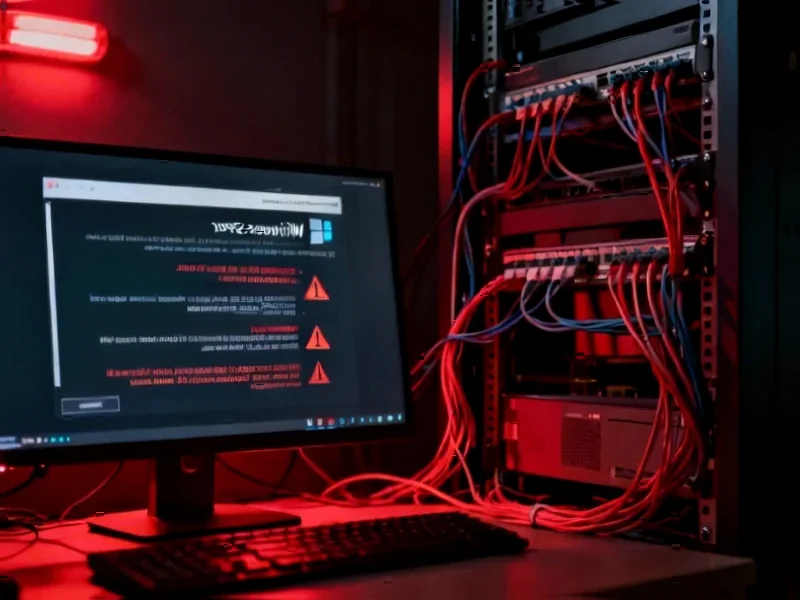According to Windows Report | Error-free Tech Life, Microsoft’s out-of-band update KB5070881, designed to address a critical WSUS vulnerability (CVE-2025-59287) being actively exploited, has caused Hotpatch enrollment failures on some Windows Server 2025 systems. The company confirmed that a “very limited number” of Hotpatch-enrolled machines lost their enrollment after installing the emergency patch, which was briefly offered to all Windows Server 2025 machines regardless of Hotpatch status before Microsoft corrected the distribution. Affected systems will now receive the October 24, 2025 Security Update (KB5070893) alongside the planned October baseline update (KB5066835) to remain on the Hotpatch train. The underlying WSUS vulnerability has been confirmed by security researchers and the Netherlands National Cyber Security Centre as being exploited in the wild, with Shadowserver Foundation data showing over 2,600 exposed WSUS servers potentially vulnerable. This incident reveals deeper challenges in Microsoft’s enterprise update strategy.
The Enterprise Update Business Model Under Stress
Microsoft’s Hotpatch feature represents a significant value proposition in their enterprise licensing strategy, promising reduced downtime for critical systems that traditionally required reboots for security updates. When this premium feature breaks due to emergency patches, it undermines the very business case enterprises pay for. The financial implications are substantial – organizations investing in Windows Server 2025 with Hotpatch capabilities are essentially paying for operational continuity that Microsoft cannot reliably deliver during security emergencies. This creates a fundamental tension between Microsoft’s responsibility to patch critical vulnerabilities quickly and their commitment to providing stable, non-disruptive update mechanisms for enterprise customers who’ve paid premium prices for these capabilities.
Competitive Implications in the Server Market
This incident provides ammunition for Microsoft’s competitors in the enterprise server space. Linux distributions and container-based solutions can point to this failure as evidence of Windows’ inherent complexity in update management. The fact that Bleeping Computer reported the Hotpatch disruption amplifies the visibility of this failure within the IT professional community. For organizations considering cloud migration or hybrid strategies, this kind of update instability makes Azure-based solutions or alternative platforms more attractive. Microsoft risks creating a perception that their on-premises server solutions lack the reliability needed for modern enterprise operations, potentially accelerating the shift toward cloud-native architectures where update management follows different paradigms.
The Security vs Operations Balancing Act
The WSUS vulnerability itself represents a critical failure in Microsoft’s security architecture, given that over 2,600 servers remain exposed according to Shadowserver data. However, the emergency patch causing additional operational problems creates a classic “damned if you do, damned if you don’t” scenario for IT administrators. Enterprises must now weigh the risk of unpatched critical vulnerabilities against the operational disruption of broken Hotpatch functionality. This incident demonstrates that Microsoft’s quality assurance processes for emergency updates may be insufficient for enterprise-grade reliability requirements. The workaround solution – layering multiple updates – increases complexity and potential points of failure in enterprise environments already struggling with update management overhead.
Long-term Strategic Implications for Microsoft
Microsoft faces a strategic challenge in balancing their rapid security response capabilities with enterprise stability requirements. The Hotpatch feature failure during an emergency update scenario suggests deeper architectural issues in how Microsoft manages different update channels and their interactions. For enterprise customers making long-term platform decisions, reliability during security crises becomes a critical evaluation criterion. Microsoft may need to reconsider their approach to emergency updates for enterprise features, potentially creating more sophisticated testing and deployment pipelines for critical security patches. The financial impact extends beyond immediate support costs to potential enterprise customer attrition and increased competitive vulnerability in the high-margin server business where reliability is paramount.




